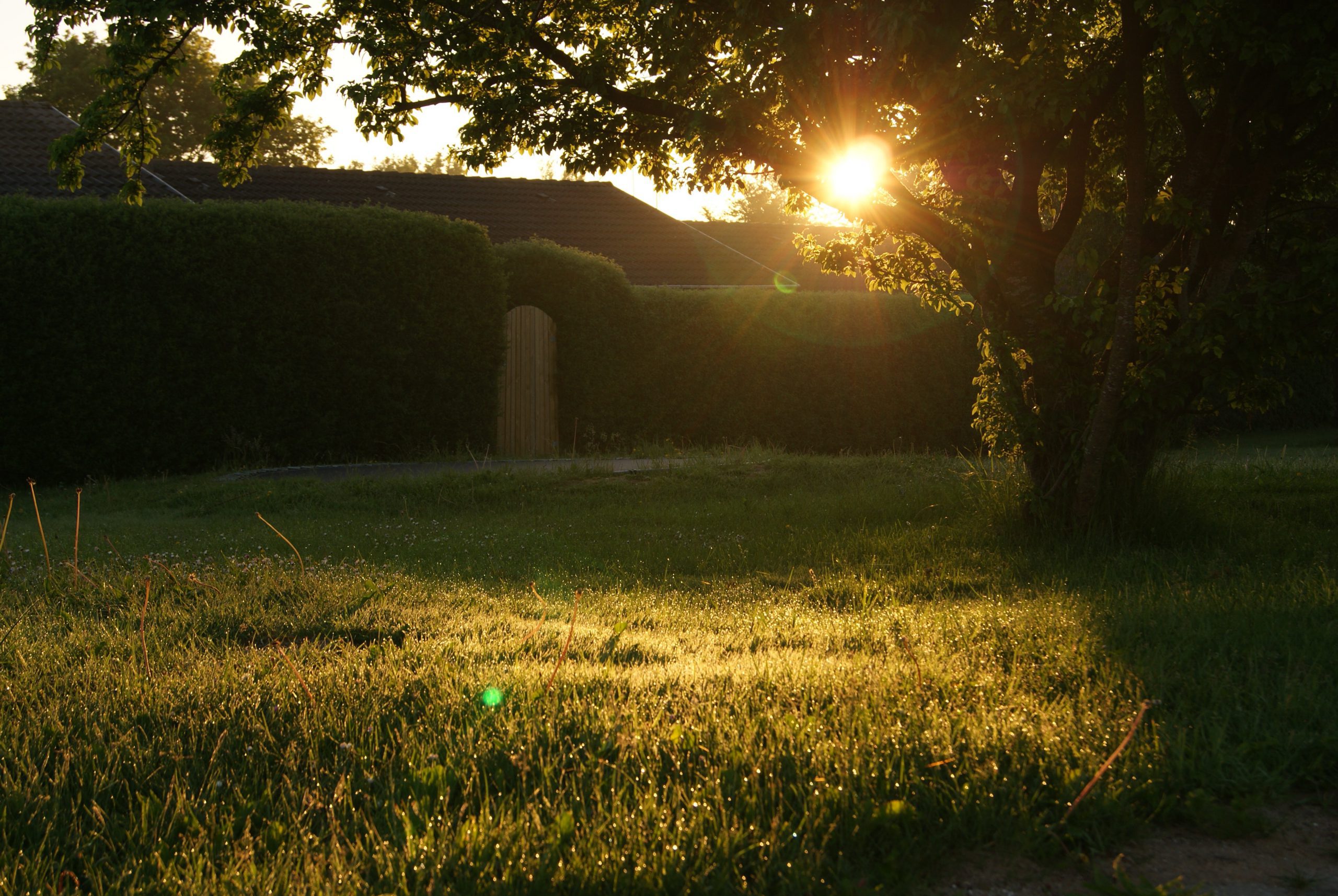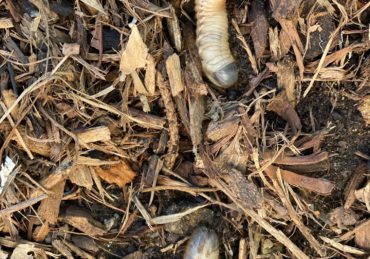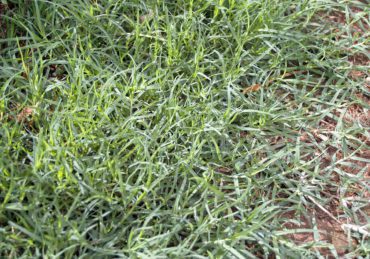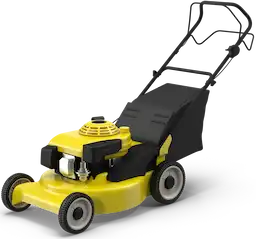Sedge grass and nutsedge appear similar to typical grasses but feature distinct triangular stems and clusters of three leaves. They’re aggressive in poorly drained or over-irrigated areas, spreading rapidly via seeds and tubers. Control requires early detection, hand-pulling the entire root system, and applying selective herbicides before the fifth-leaf stage. Prevent infestations through proper drainage, deep watering, and correct mowing practices. By taking these steps, you’ll gain insights into maintaining a healthy lawn ecosystem.
What Is a Sedge and Why Does It Look Like Grass?
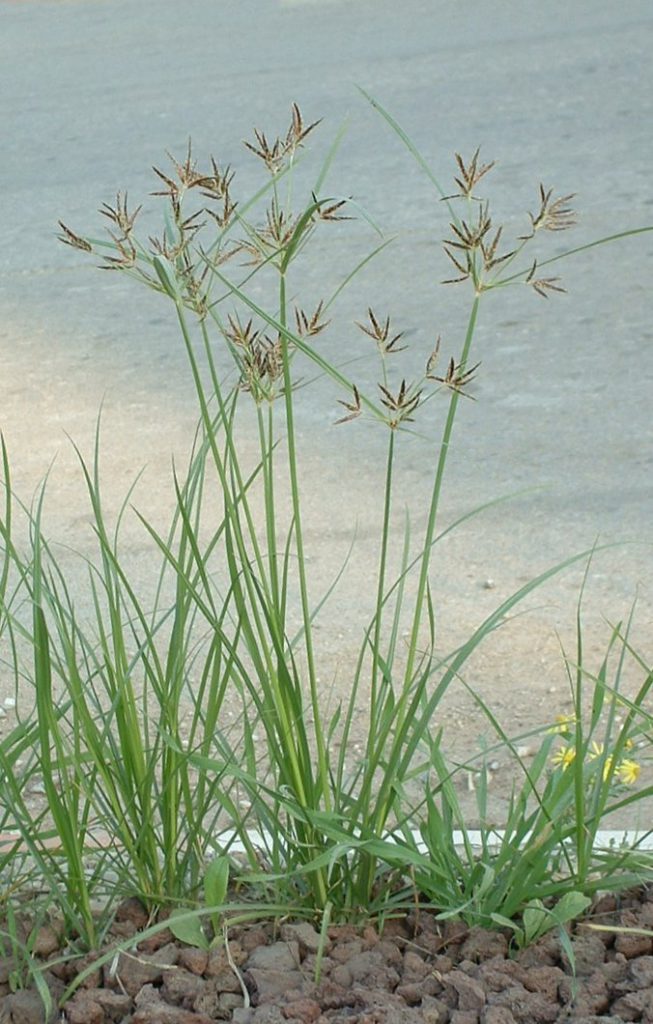
Sedges, often mistaken for grass, are distinct due to their unique structural characteristics. Unlike true grasses, sedges feature solid, triangular stems rather than hollow, round ones. Their leaves are arranged in sets of three, a trait not found in typical grasses.
Nutsedge, a specific type, grows faster than traditional lawn grasses, contributing to its appearance in nonuniform lawns. Its leaves are usually narrower and thrive in both wet and dry soils, adjusting to varying moisture conditions. This adaptability makes them prevalent in areas with poor drainage or over-irrigation.
Proper identification is essential; mistaking sedge for grass can lead to ineffective management. Recognizing these structural differences is vital for applying appropriate control strategies, setting the stage for successful lawn care.
Why Sedge and Nutsedge Spread in Lawns
Understanding the structural differences between sedges and grass lays the groundwork for tackling their spread in lawns.
Sedges, including nutsedge, thrive in overly wet soil conditions, often stemming from poor drainage or excessive irrigation. This moisture-rich environment facilitates their rapid growth and reproduction through persistent underground tubers and seeds.
Nutsedge, in particular, showcases aggressive adaptability, emerging even through various mulches and compacted soils, where moisture retention is high.
Key factors contributing to their spread include:
- Poor drainage: Creates ideal moisture conditions.
- Compacted soil: Inhibits proper drainage, enhancing moisture.
- Viable seeds and tubers: Remain dormant for up to 10 years.
- Rapid growth: Outcompetes healthy grass for resources.
To effectively control sedge, understanding and addressing these conditions is essential.
How to Get Rid of Sedge Grass and Nutsedge
To effectively manage sedge grass and nutsedge, start with early identification and hand-pulling to remove small plants before they develop resilient underground tubers.
Targeted spot-treatments using selective postemergent herbicides are essential, especially before the fifth-leaf stage, to greatly reduce their population.
Furthermore, applying preemergents in early spring can prevent seed germination, offering a proactive approach to control these persistent weeds.
Hand-Pulling and Early Removal
Tackle the challenge of removing sedge grass and nutsedge by focusing on hand-pulling, especially when these weeds are in their infancy. This method is most effective before the plants develop tubers, which contribute to regrowth if left in the soil.
Make sure that you dig deep to extract the entire root system, including tubers, to prevent resurgence. Early removal is crucial, as these weeds can quickly outcompete desired plants for resources.
- Dig deep: Remove the entire root system and any tubers.
- Early intervention: Address weeds before they establish tubers.
- Regular monitoring: Check for new growth to manage population.
- Avoid tilling: Disrupting soil can spread tubers, worsening infestation.
Regular, diligent hand-pulling guarantees long-term control of these persistent weeds.
Spot-Treat with Selective Herbicides
After addressing young sedge grass and nutsedge through hand-pulling, enhance your control strategy with targeted applications of selective herbicides.
These products are designed to specifically target and eliminate sedge species without harming desirable turf grasses. For effective control, perform spot treatments using handheld spray bottles to precisely apply the herbicide directly onto concentrated nutsedge areas.
Apply the herbicide before the nutsedge reaches its fifth-leaf stage to maximize efficacy. Monitoring treated areas for any signs of regrowth is essential; reapply herbicides as necessary to suppress new growth.
Enhance herbicide absorption and performance by incorporating appropriate surfactants in your mix. By following these steps, you’ll achieve more effective and lasting control over these persistent perennial weeds.
When to Use Pre-Emergents
Although understanding the growth cycle of sedge grass and nutsedge is essential, applying pre-emergent herbicides at the right time can considerably impede their spread.
Pre-emergents should be applied in early spring or late winter, precisely before nutsedge tubers germinate. Timing is critical—post-germination application won’t control nutsedge effectively.
Follow these guidelines:
- Apply pre-emergents according to manufacturer’s instructions for best results.
- Monitor soil moisture levels; excess moisture aids nutsedge germination.
- Implement proper lawn maintenance practices like correct mowing and irrigation to discourage weed growth.
- Use effective pre-emergent options to reduce yellow nutsedge populations, as tubers can remain viable for years.
Tips to Prevent Future Infestations
To effectively prevent future infestations of sedge grass and nutsedge, it’s crucial to implement proactive lawn management strategies that address the underlying conditions favoring their growth.
Start with proper drainage by aerating compacted soil, which reduces moisture retention and creates less favorable conditions for nutsedge.
Regularly monitor your lawn for early signs of these weeds, enabling prompt weed control interventions before they spread.
Practice deep, infrequent irrigation to encourage robust grass root systems, making it difficult for nutsedge to establish itself.
Maintain an ideal mowing height; taller grass can outcompete nutsedge by shading it out.
In garden beds, use fabric mulches to suppress nutsedge emergence.
These measures collectively form an integrated approach, minimizing the risk of future infestations.
Find a LawnGuru Pro Near You and Get a Free Quote Today!
Sedge grass and nutsedge can take over your lawn fast, especially in wet, compacted soil. Don’t let them win.
LawnGuru connects you with trusted local pros who specialize in weed control. We’ll spot the problem, treat it precisely, and help prevent it from coming back.
No contracts. No guesswork. Just expert care and fast results.
Get your free quote today and take back your lawn.

